17 Obscure Colors You've Never Heard Of
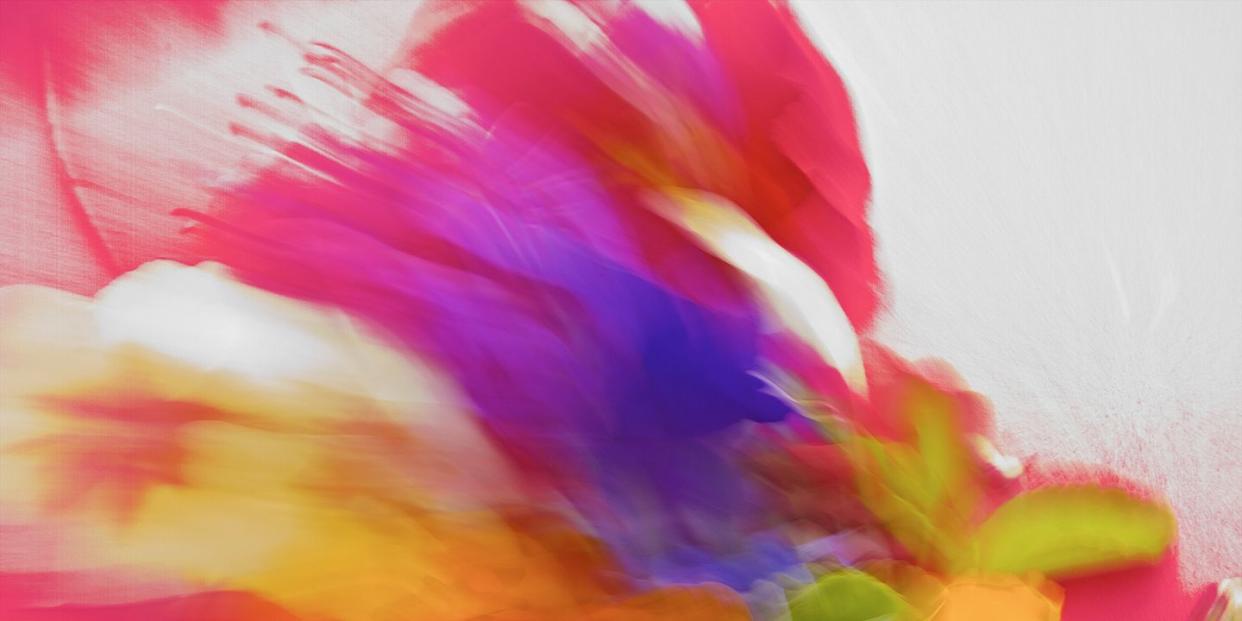
You might know all the colors of the rainbow (ROYGBIV, anyone?)—but there are an infinite number of hues in between them, many of which you’ve probably never heard of. We’ve rounded up some of the most unknown (and bizarrely named!) shades on the spectrum—from the bold red hue commonly used to paint Scandinavian barns to the blackest black on Earth.
Amaranth
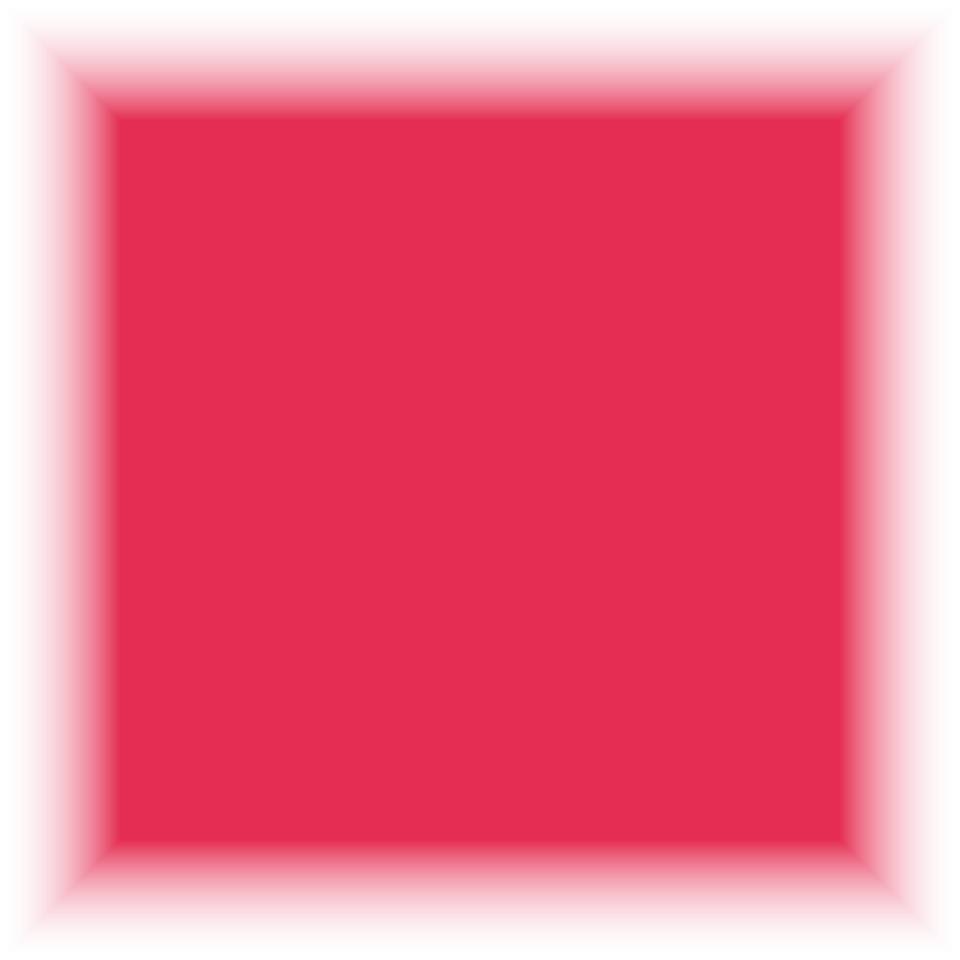
According to Greek mythology, the namesake blossom of this reddish-pink hue—which translates to “everlasting flower”—was said to grow on Mount Olympus and could never die.
Atrovirens
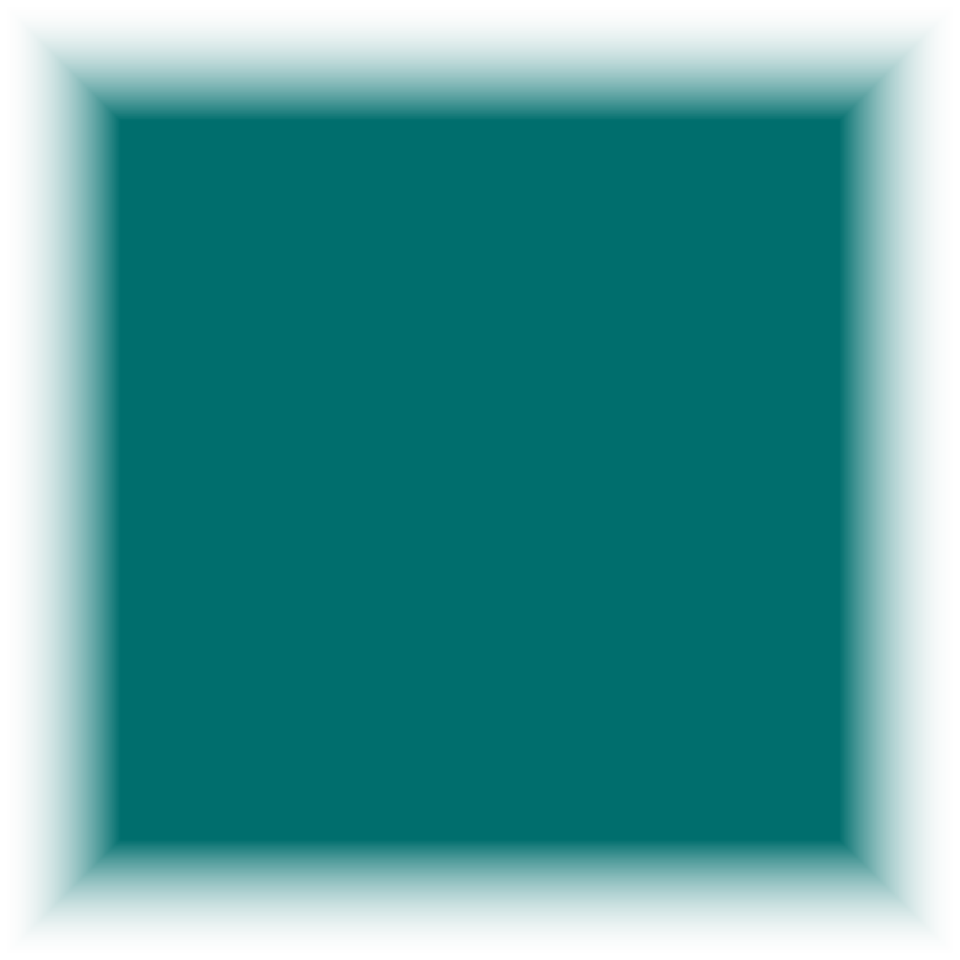
This trendy deep teal shares its name—which translates to “dark green” in Latin—with a pyramid-shaped conifer that bears glossy foliage.
Aureolin
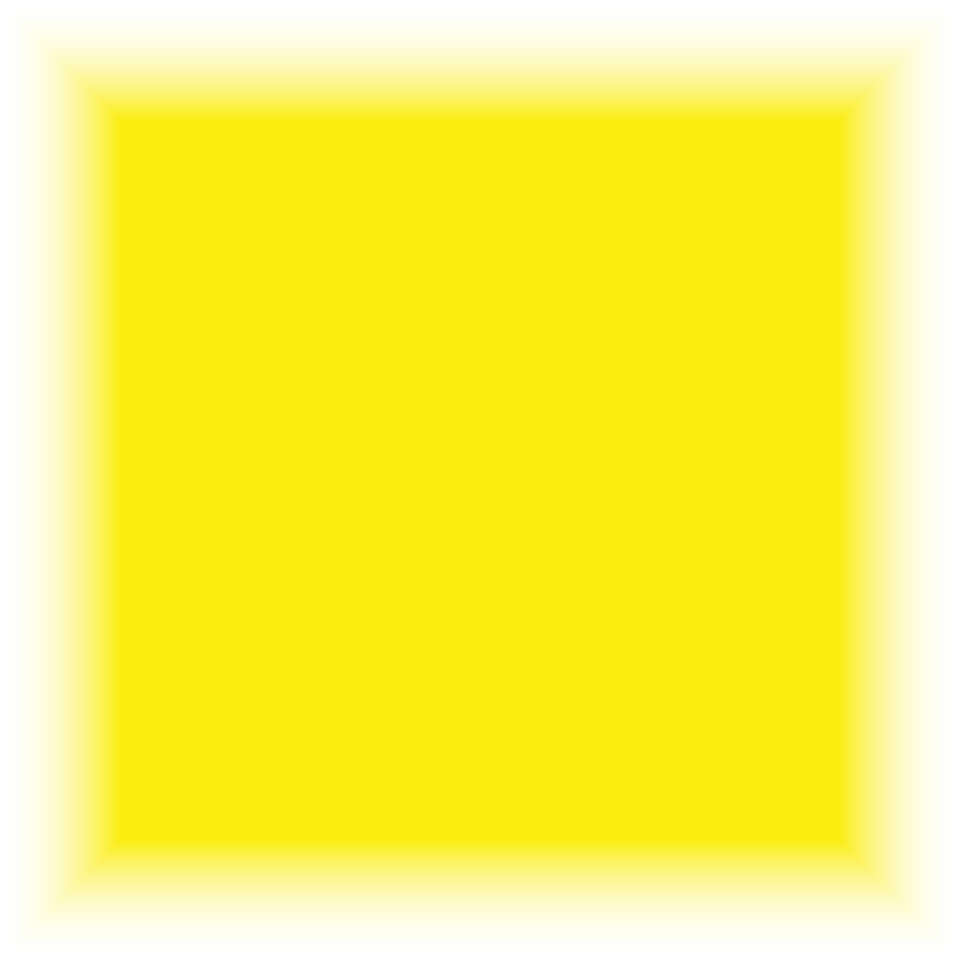
Also known as cobalt yellow, this golden shade was first made by Nikolaus Wolfgang Fischer, the German chemist who first synthesized potassium cobaltinitrite (the compound that constitutes the brilliant pigment).
Celadon
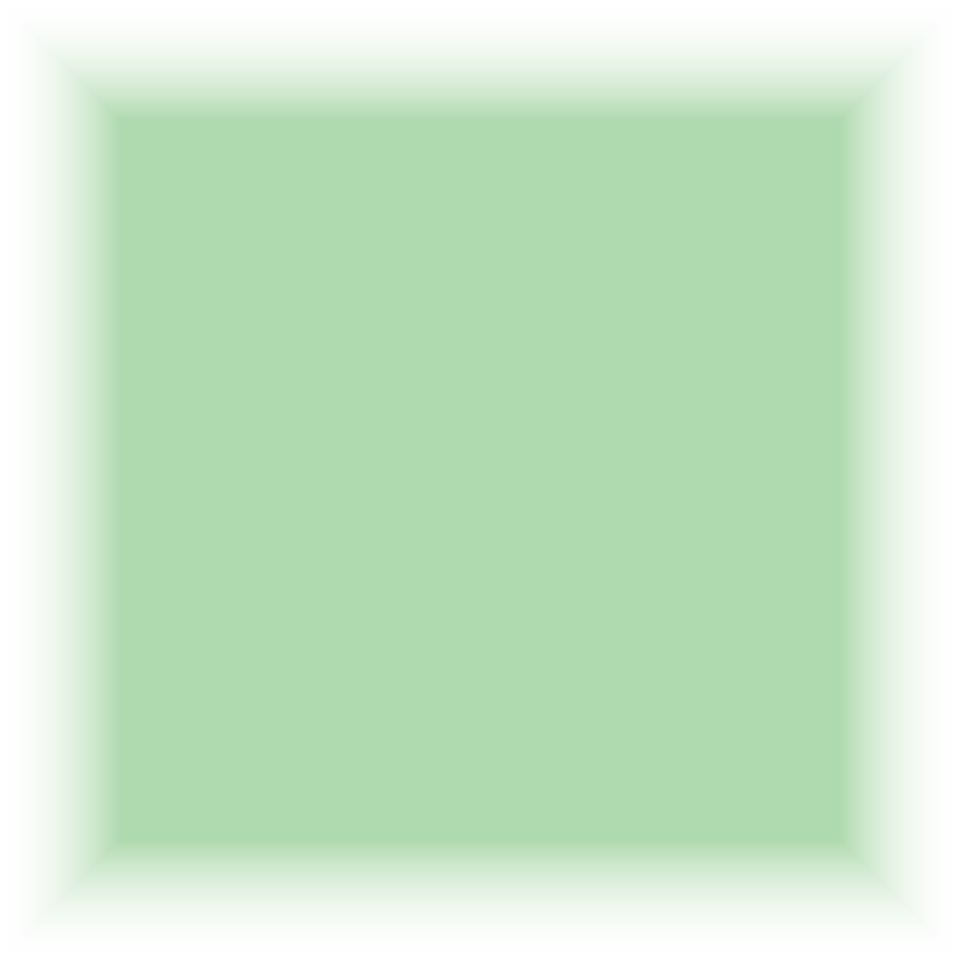
This minty color is dubbed after an ancient type of Chinese porcelain and glaze. It owes its unique jade hue to the iron in the raw materials used to produce the prized pottery, which dates back thousands of years.
Coquelicot
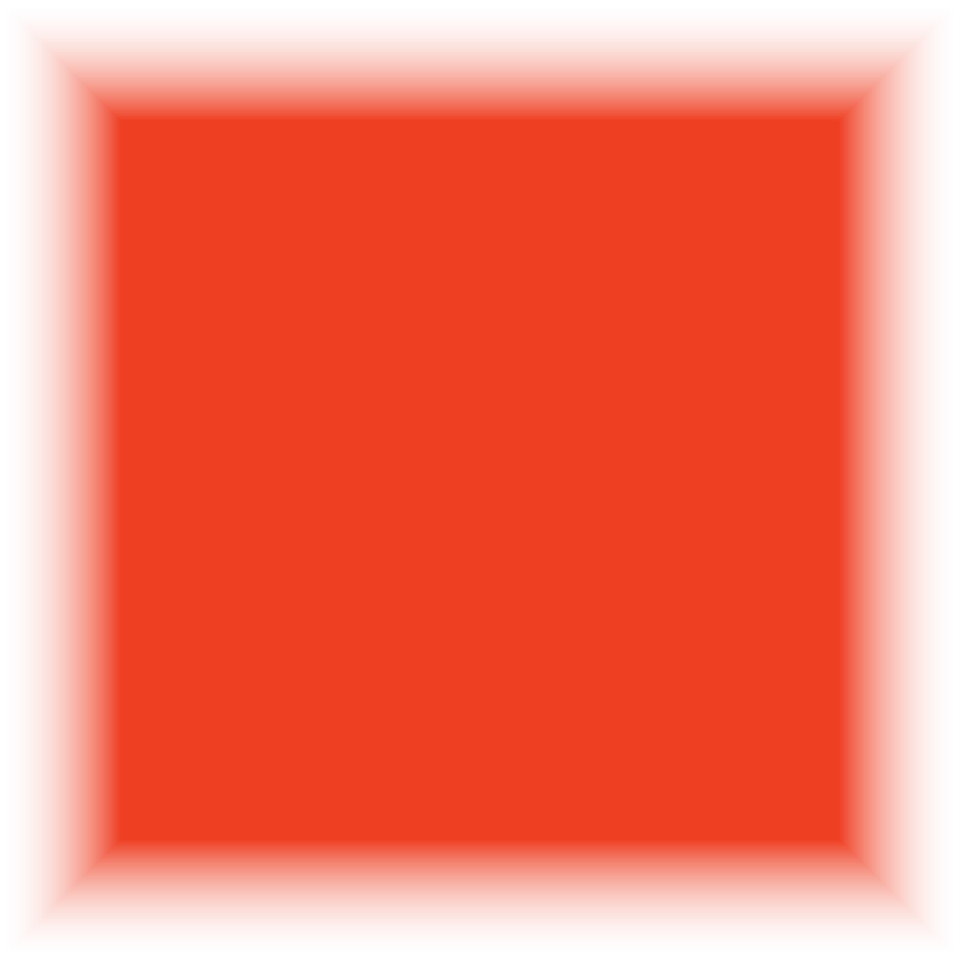
“Wild corn poppy” in old French vernacular, the term is nowadays also used to describe the bloom’s vibrant red-orange color.
Eburnean
If you ever need another term to describe something that’s ivory-colored, this is it. The subtle shade, whose name comes from the Latin word eburneus, is primarily white with a touch of yellow.
Falu
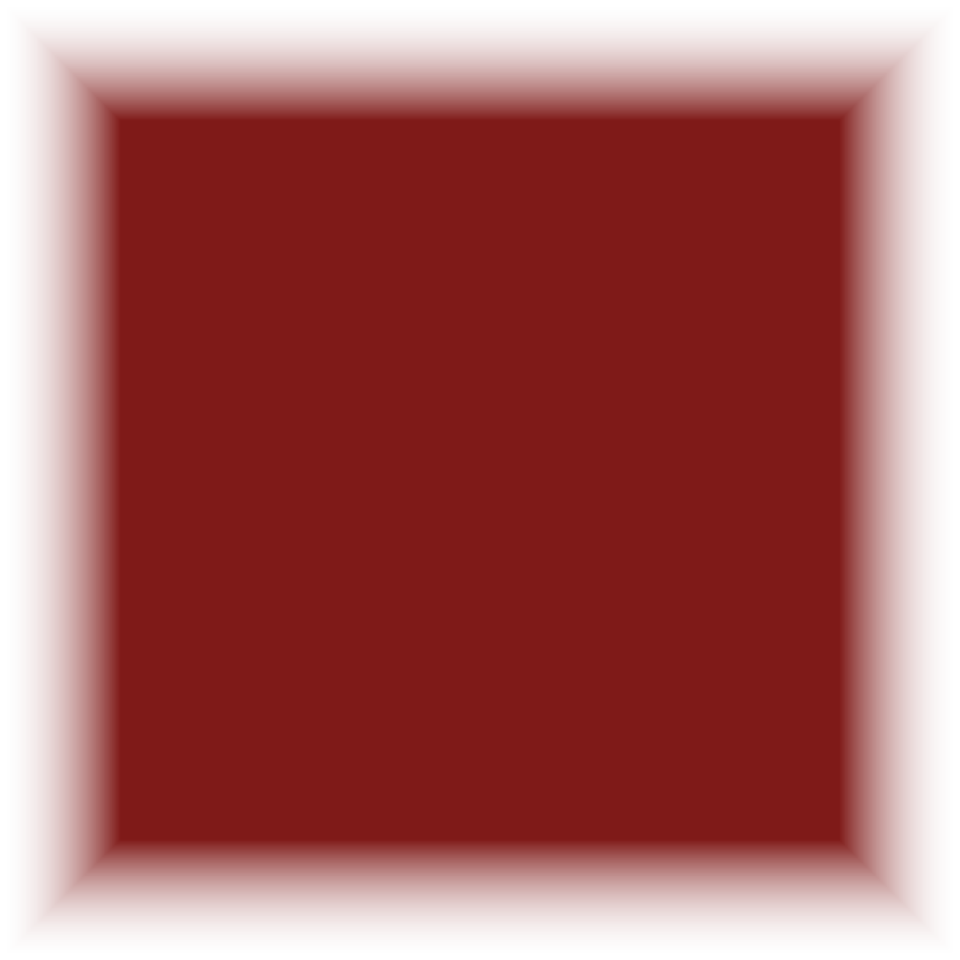
This crimson pigment—which originates from the Swedish city of Falun and is made from copper-mining byproducts—is frequently used to paint wooden barns and cottages in Estonia, Finland, Norway, and Sweden.
Feldgrau
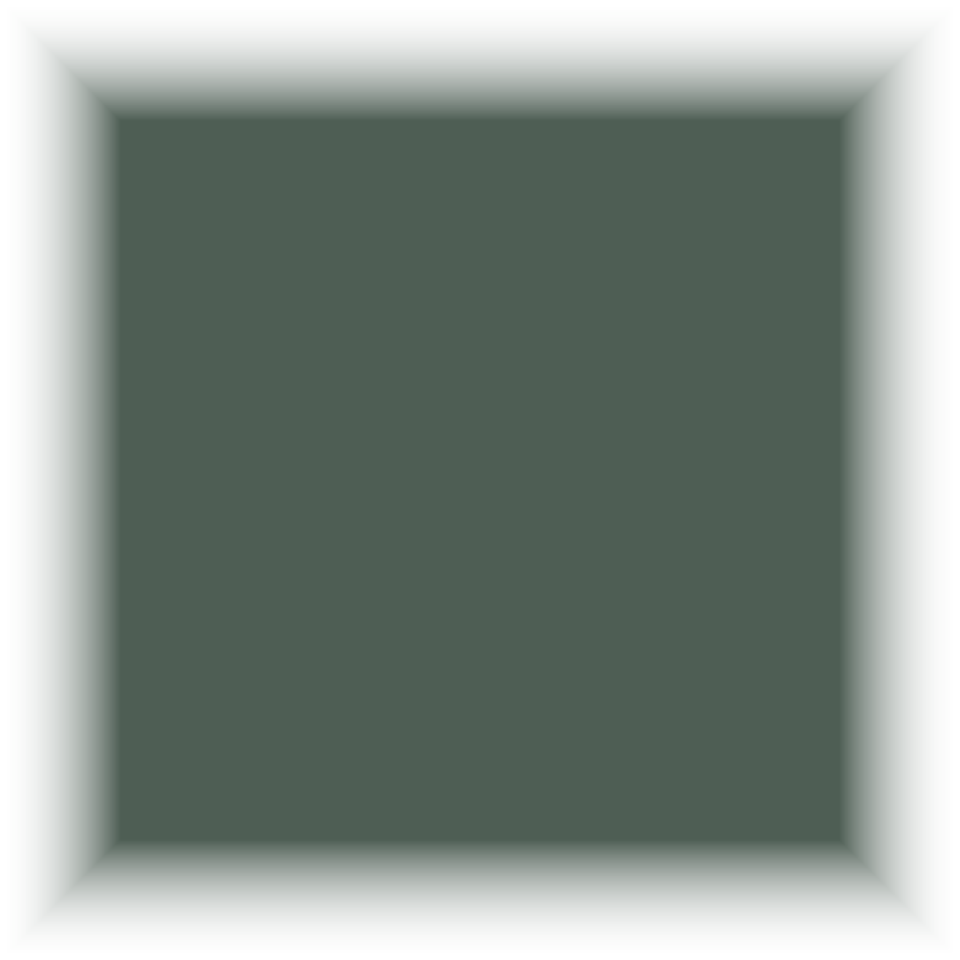
A muted viridescent hue with gray undertones, this austere color gets its moniker—which means “field gray” in German—from the uniforms German soldiers wore during World War II.
Fulvous
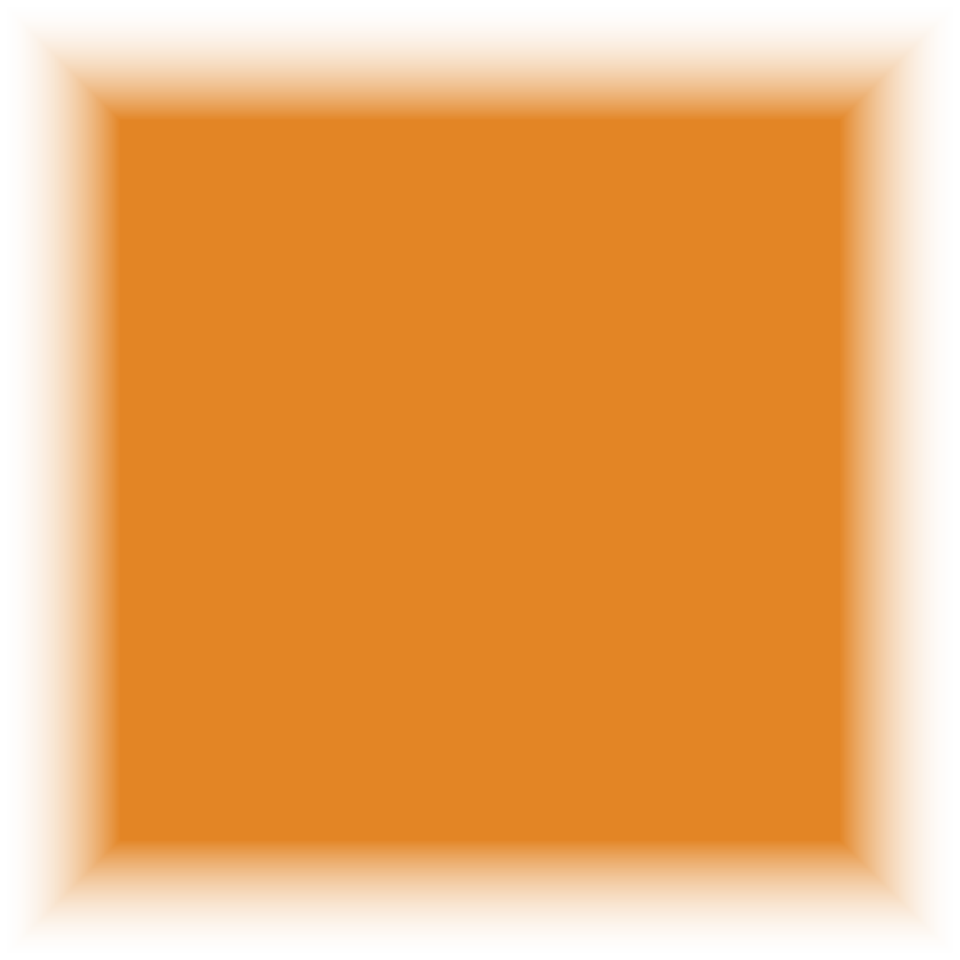
Similar to tawny or butterscotch, this brown-yellow tone is often used to describe the distinct coloration of certain birds, plants, mammals, and fungi.
Gamboge
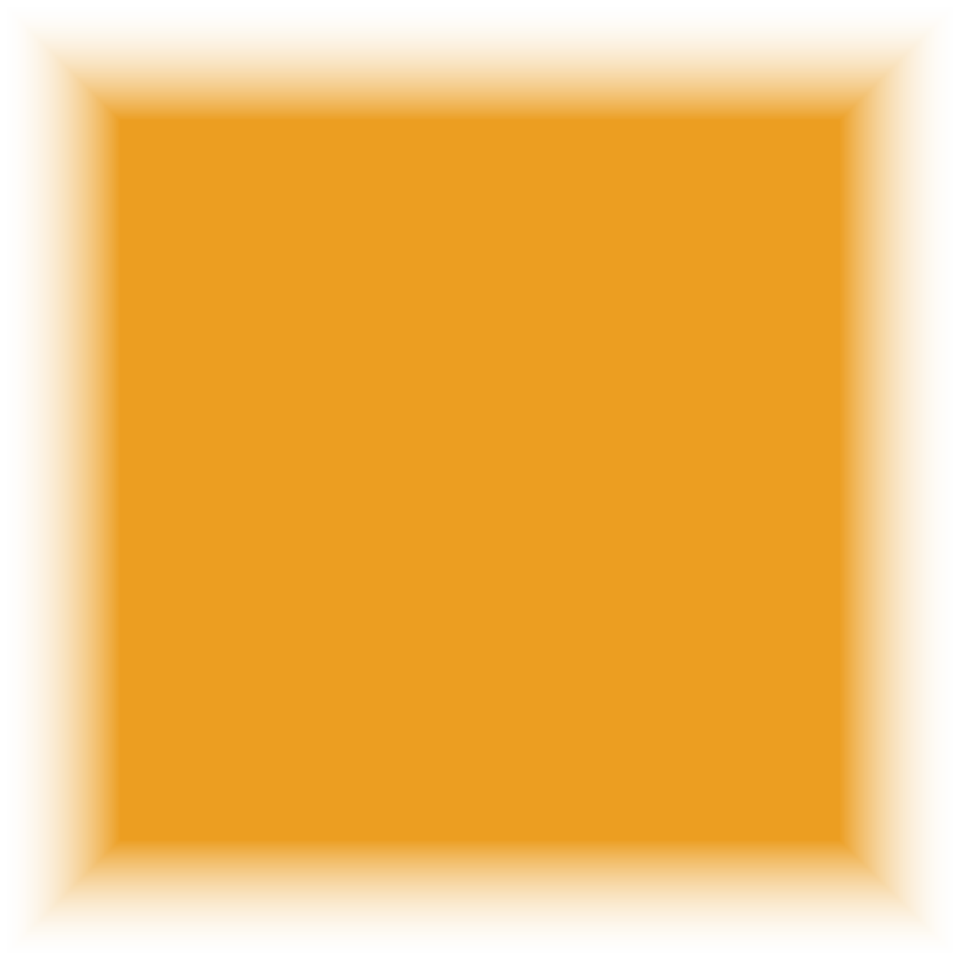
An orange-brown hue reminiscent of mustard or deep saffron, this color is used to dye traditional Buddhist monks’ robes.
Glaucous

Denoting a foggy, pale gray-blue, this term also refers to the powdery coating on plums and grapes.
Sarcoline
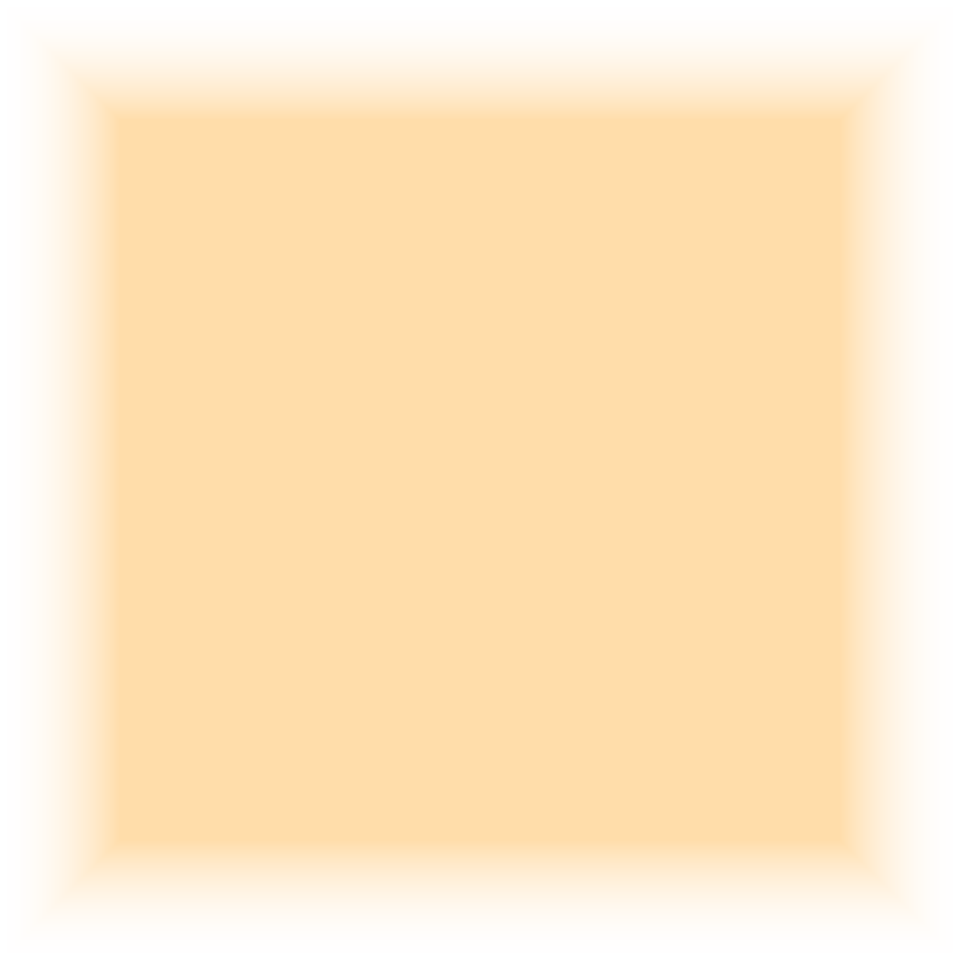
Makeup enthusiasts will know this one: The peachy yellow-beige calls to mind a pale skin tone.
Skobeloff
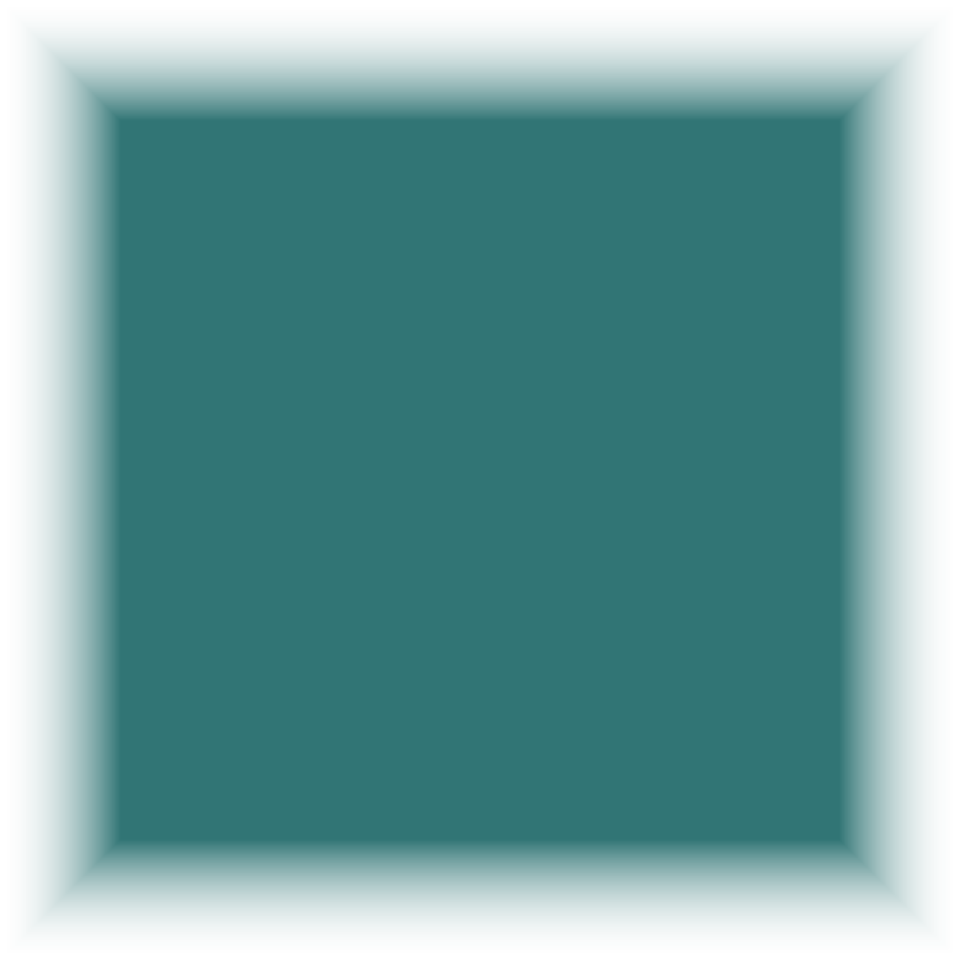
This dark, muted cyan conjures up images of deep coastal waters.
Smaragdine
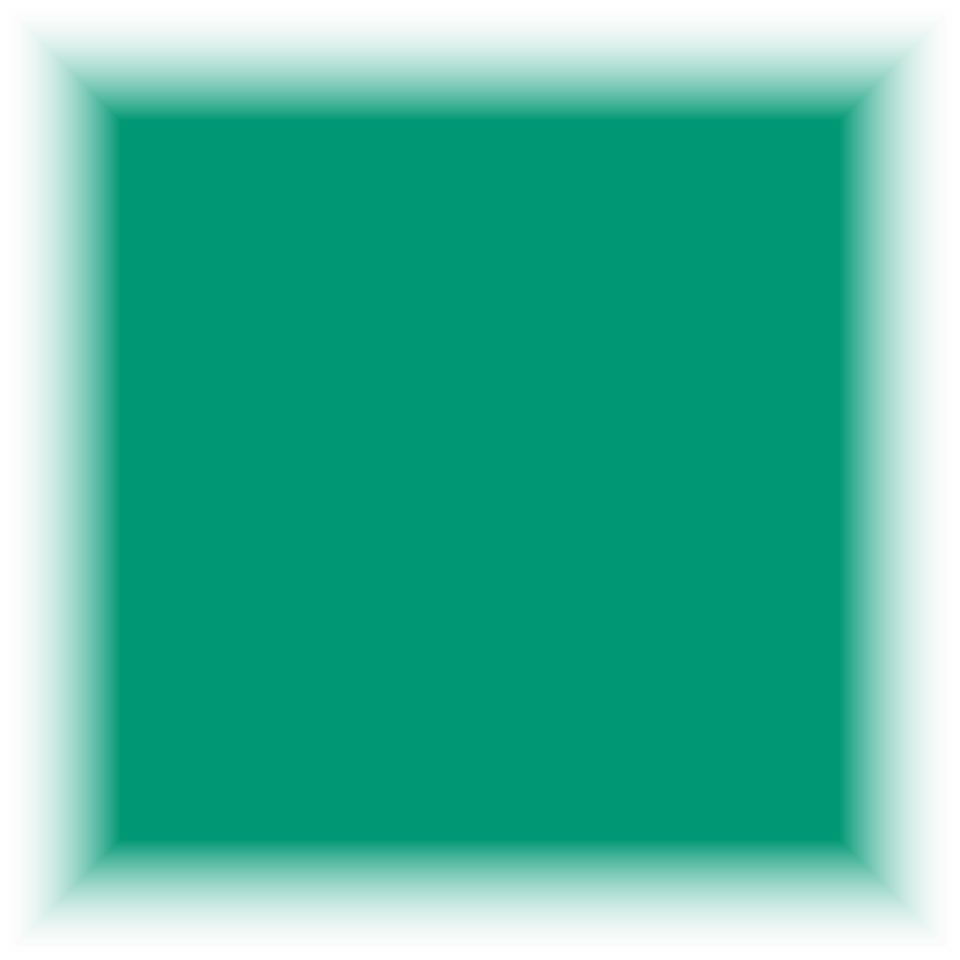
Not sure how to describe the color of an emerald without using its own moniker? This funny-sounding word—taken from the Latin term for the gemstone, smaragdus—has you covered!
Wenge
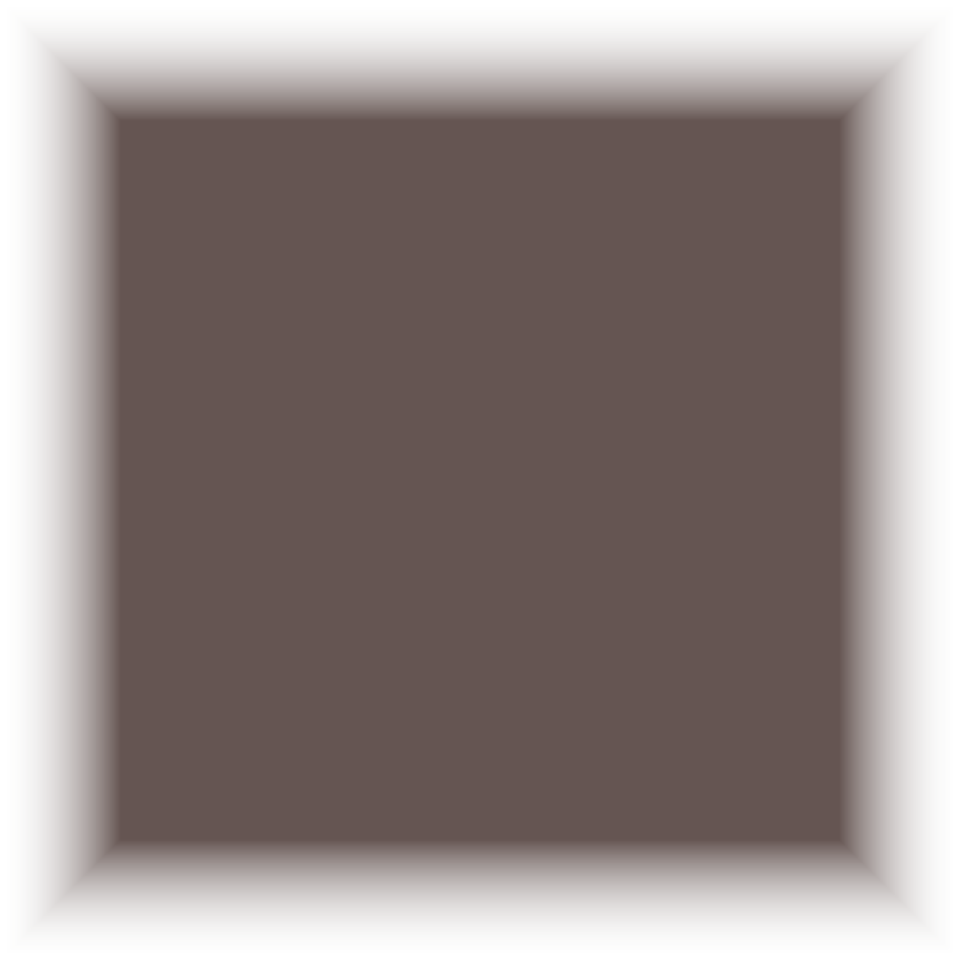
Pronounced “wen-geh,” this espresso hue gets its name from the dark wood of the endangered millettia laurentii, a tropical legume tree that grows in Central Africa.
Vantablack

Developed by Surrey Nanosystems for space exploration purposes, this branded pigment reportedly holds the record for darkest man-made substance in the world due to its ability to absorb nearly 100% of all visible light.
Zaffre
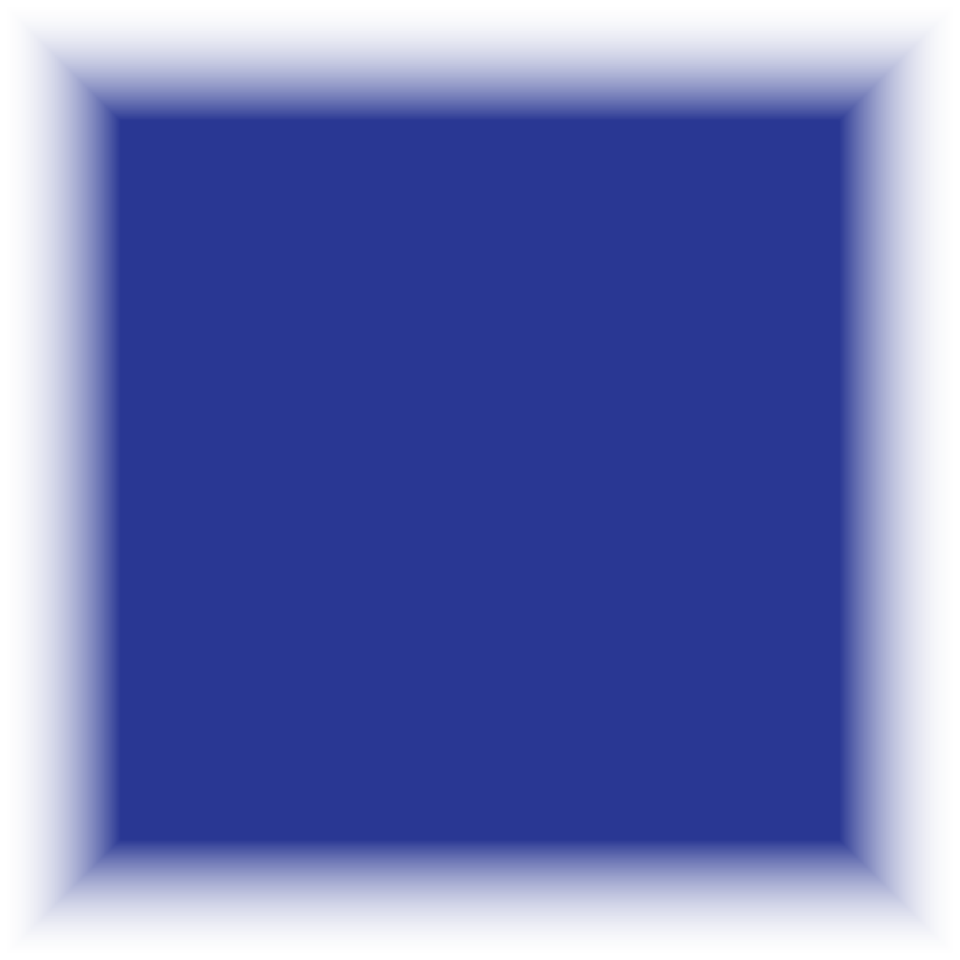
During Victorian times, this deep-blue pigment—developed by roasting cobalt ore—was used to stain glass.
Follow House Beautiful on Instagram.
You Might Also Like


